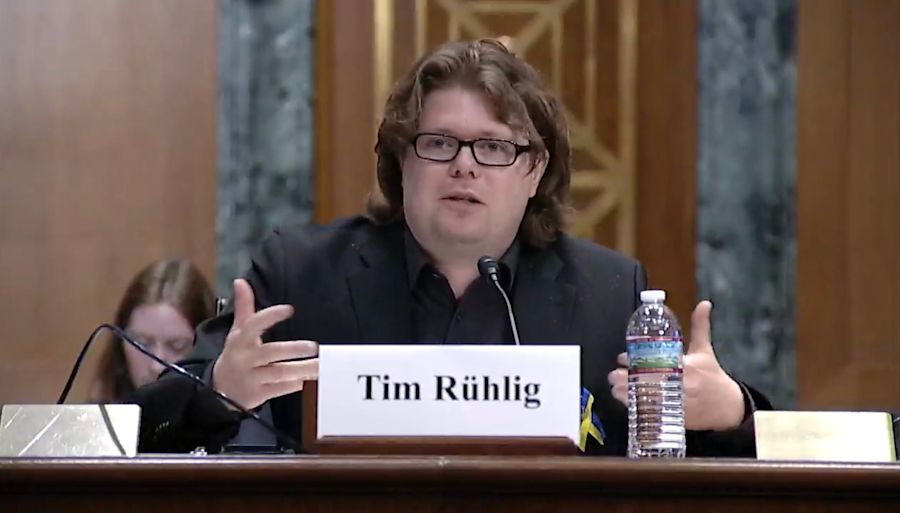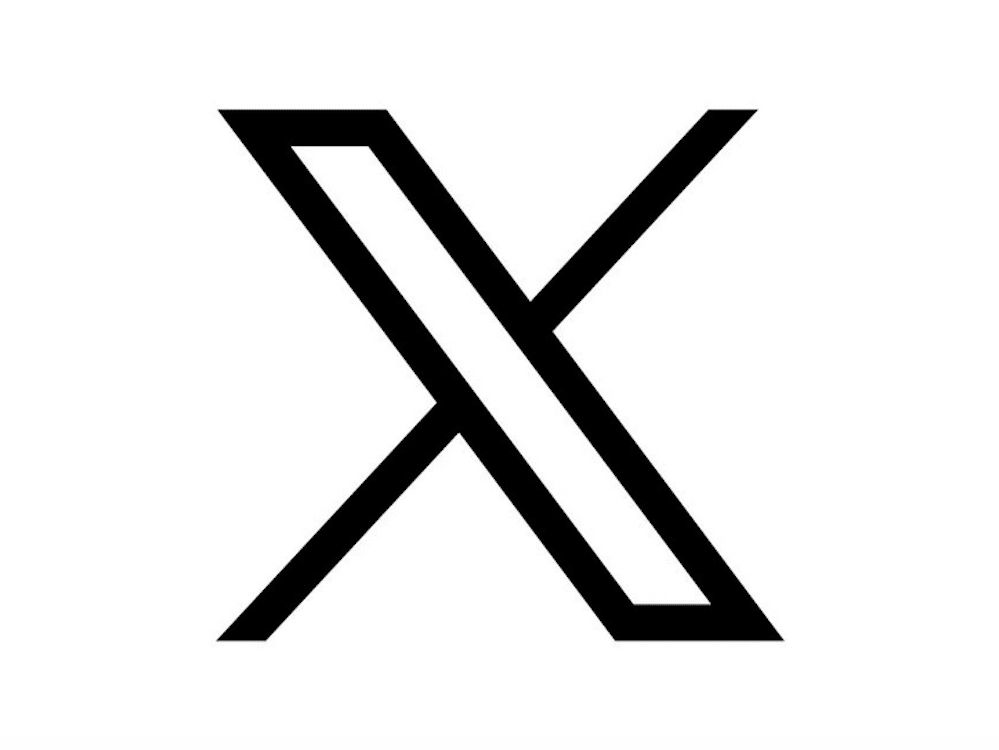Testimony to the US-China Economic Security Review Commission of the US Congress
On 15 June 2023, I have had the honor to testify to the US-China Economic Security Review Commission of the US Congress. I spoke about transatlantic cooperation to meet China's growing influence on technical standardization.
The testimony was part of a hearing on entitled "Europe, the United States, and Relations with China: Convergence or Divergence?" In its second panel, I spoke about Chinese technical standardization power in emerging technologies and what Europe and the United States could do about it.
You can watch the full hearing here. My contribution starts at 2:37:30 followed by questions and answers.
The full written testimony is available here.
Some takeaways from my testimony:
China’s growing technological power poses multiple risks to both the United States and the European Union. For good reason, both the EU and the U.S. put “de-risking” at the core of our China policy. To develop a cooperative approach from this general alignment, the transatlantic partners need to agree on three questions:
What is our desired objective?
What are the technology risks that we need to mitigate?
How do we concretely do it?
I offered my take on these three questions discussing technical standardization.
What is our desired objective?
The fundamental issue is whether and to what degree we aim to make China abide by rules and institutions or whether we believe China’s influence needs to be limited because of systemic differences. There are good reasons for both approaches. They are not dichotomous but rather form two extremes on a continuum. Take the example of technical standards:
On the one hand, technical standards require broad acceptance of the market. Standards that are not broadly defined are ineffective. Therefore, standard-setting needs to follow an inclusive, not an exclusive logic of action. Standardization is about consensus building.
On the other hand, we are in a systemic competition with China’s state-centric approach. In China, the party-state actors are decisive, in the U.S. and in the EU, it is private sector-driven. Standardization is part and parcel of China’s industrial policymaking. We believe that technical merit should be the sole criterion in standard-setting.
Transatlantic approaches to address Chinese standardization power need to both defend the existing private sector-led, inclusive approach and step up to the party-state’s political objectives. The first requires making China play by the rules, the second to limit the politicizing influence of Chinese standardization power.
What are the technology risks and how do we concretely address them?
To adequately navigate this dilemma, we need to differentiate four specific sets of risks:
Risks to global supply chain security: China is deeply embedded in global technology values chains. Geopolitical conflict could result in unprecedented supply chain disruptions. Standards can help mitigate these risks as they create interoperability and thereby enable the diversification. But this is only effective if standards are global. Diverging standards can create lock-in dependencies. We need to avoid the fragmentation of standard-setting. In our policy, we should counter the spread of standards through the BRI. US and EU infrastructure investments should be bound to international standards. We should further agree on concrete standards and promote them to be accepted as international. An example of best practice is the Trade and Technology Council’s decision on a megawatt charging standard in Lulea.
Risks to national security: Chinese technology firms are deeply intertwined with the party-state and are required by law to cooperate with intelligence. Therefore, using Chinese technology can cause risks to national security. Standards can help mitigate national security risks if they are developed in an inclusive and transparent manner. Hiding security flaws from an international peer review is not impossible, but more difficult than in proprietary technology. In our policy, we should set up a NATO security review mechanism that tracks the security relevance of standards. Where standards are security relevant, state actors need to engage, and they should be developed in trustworthy organizations. For this, we should craft a stress test certification for standard-setting organizations.
Normative risks: Technology is never value neutral. Global innovation leadership of Chinese actors can result in technical solutions that do not comply with fundamental values such as the protection of privacy. Standards are particularly effective in discreetly spreading norms enshrined in technology. To protect fundamental values, we need to establish safeguards that effectively limit Chinese influence where it could be particularly harmful. Without a significant increase in personnel this will not be possible. In particular, we need technically capable actors without commercial interests in China to participate as they are freer to counter China. We need significant budgetary efforts to get public actors and technically-capable civil society to participate.
Risks to competitiveness: Chinese technology firms profit from massive state support that pose risks to the competitiveness of the United States and Europe. Standards have distributary effects as more and more ICT standards comprise patents. To safeguard our competitiveness, we should strive for holding standard-essential patents and influence its prizing. Skillfully and coordinatively interlinking standards and regulation across the Atlantic can enhance the strength of our preferred standards and its underlying patents. We should further continue to coordinate our pressure to avoid China gaining the upper hand on determining standard-essential patent prizing.
These examples show: Risks are very different in nature. At times, the goal is to contain China’s influence; in other cases, it is about keeping China within the system, complying and avoiding fragmentation.
Any transatlantic technology cooperation needs to be multifaceted and explicit in the risks it strives to address with a given policy as well as its policy objective.
You can watch the full hearing here. My contribution starts at 2:37:30 followed by questions and answers.


